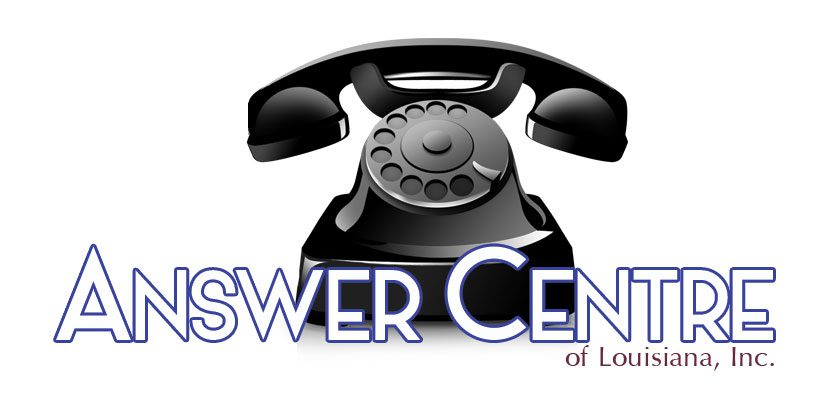In today’s fast-paced business environment, call answering automation transforms how companies handle calls. Companies face growing consumer demands for quick, efficient, and personalized service. Advanced technology now guides call management in simple steps. This article shows how automation boosts service efficiency, lists its benefits, and explains key ideas for effective use.
What Is Call Answering Automation?
Call answering automation uses smart tools such as artificial intelligence (AI), interactive voice response (IVR), and other systems. These tools answer calls without a human hand. They greet callers, route calls, answer common questions, and even complete simple tasks. By automating routine tasks, businesses cut wait times, keep service steady, and let agents handle harder issues.
Key Benefits of Call Answering Automation
Using call answering automation brings clear gains:
- Increased Efficiency: Automation responds immediately, cuts hold times, and speeds up problem solving.
- 24/7 Availability: Automation works all day and night, so help is always near.
- Cost Savings: Automation reduces the need for live agents, lowering labor costs.
- Consistent Service Quality: Automation gives the same responses every time, building customer trust.
- Scalability: As calls rise, automation grows without dropping service quality.
A Gartner report shows that businesses using AI-driven service see a 20% drop in call times while customer satisfaction climbs (source).
How Call Answering Automation Enhances Customer Experience
Call answering automation improves customer experience by keeping words close together in each task:
- It cuts wait and transfer times with smart call routing.
- It gives self-service options like balance checks, booking appointments, or tracking orders. This choice frees up agents.
- It tailors calls by using CRM systems, so agents see customer history.
- It speaks many languages, so one system helps many customers.
Popular Technologies Behind Call Answering Automation
Several tools work together in automation systems:
- Interactive Voice Response (IVR): This tool lets callers use voice or keys to choose options.
- Artificial Intelligence and Natural Language Processing (NLP): These tools let systems chat as if they understand human talk.
- Automatic Call Distributor (ACD): This tool sends calls to the right agent or team.
- Speech Analytics: This tool checks voice data to read caller mood and intent.
Best Practices for Implementing Call Answering Automation
To get the most out of call answering automation, try these steps:
- Map Customer Journeys: List why customers call and then write clear scripts.
- Maintain Simple and Intuitive Menus: Keep options clear so callers are not lost.
- Integrate With Existing Systems: Join automation tools with CRM, helpdesk, and order systems.
- Test and Optimize Continuously: Use analytics and feedback to fix and improve responses.
- Provide Easy Access to Human Agents: Even with automation, let callers reach real people quickly.
- Focus on Security and Compliance: Protect all customer data with proper safeguards.
Call Answering Automation: Common Use Cases
Different industries use call answering automation in simple ways:
- Healthcare: It schedules appointments, refills prescriptions, and answers basic patient questions.
- Banking and Finance: It checks balances, sends alerts, and shows transaction details.
- Retail and E-commerce: It tracks orders, processes returns, and provides product details.
- Utilities: It reports outages, answers billing questions, and sets up services.
FAQs About Call Answering Automation
Q1: How does call answering automation improve customer service efficiency?
Automation cuts wait times by answering calls fast, handles routine questions, and sends customers to the right resources with speed.
Q2: Can call answering automation handle complex customer issues?
Automation works best for simple tasks. For serious issues, it quickly passes the call to human agents.
Q3: Is call answering automation expensive to implement?
Costs depend on the system size and features. Many companies find that saved labor and happier customers make it a smart investment.
Conclusion: Embrace Call Answering Automation to Revolutionize Customer Service
Call answering automation is not a distant idea. It is now a key tool for businesses that want to stay competitive and focus on customers. By streamlining call handling, offering round-the-clock service, and using smart, data-driven responses, companies boost efficiency and satisfaction. If you want better customer service and lower costs, now is the time to explore call answering automation made for your needs.

Take the first step today—try advanced call answering automation and see your service grow and thrive!


